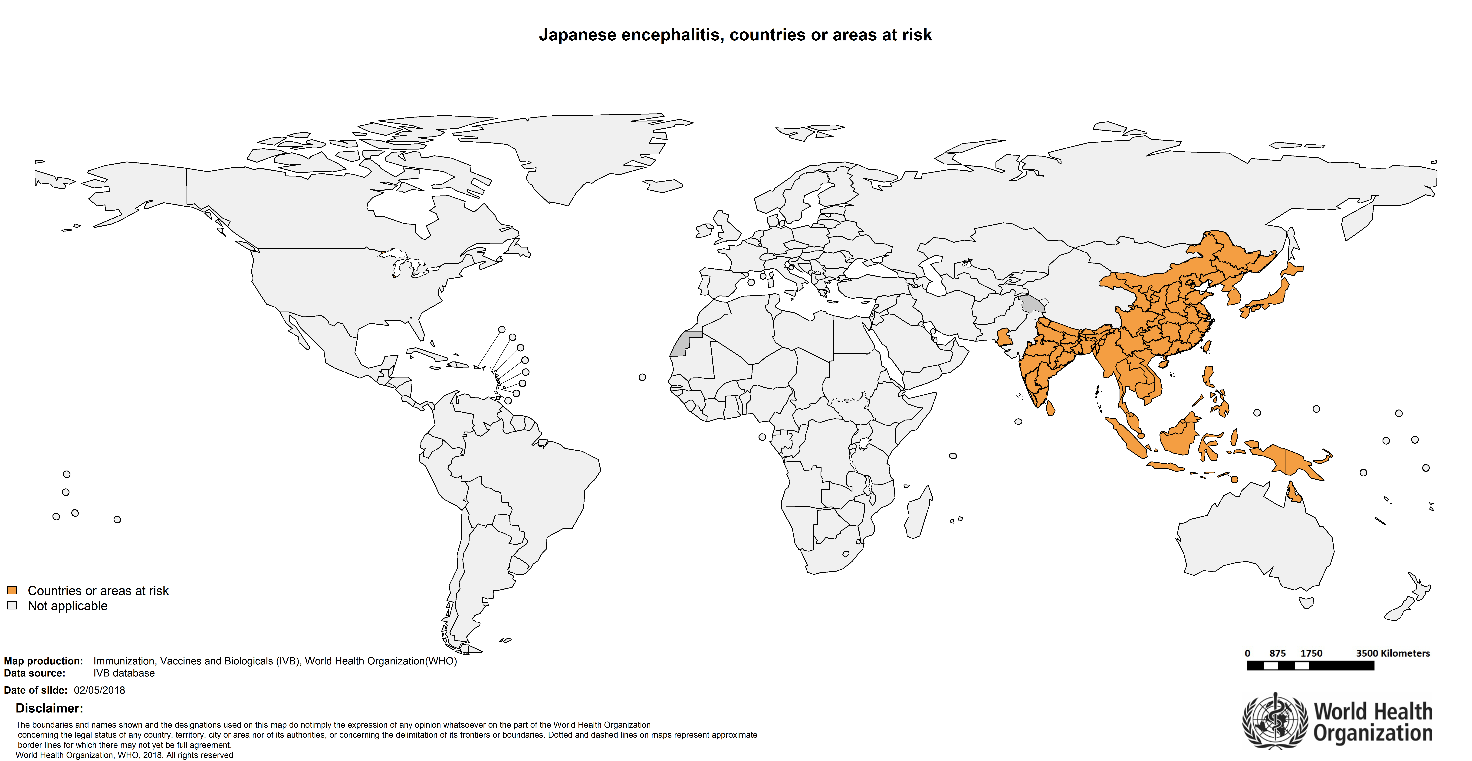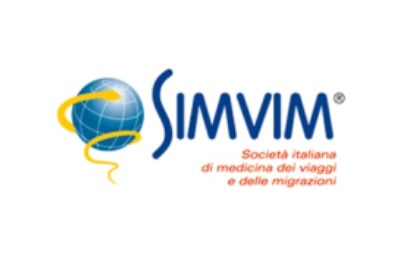Japanese encephalitis
First documented in 1871, in Japan, Japanese encephalitis (JE) is a viral disease, and the principal cause of encephalitis in Asia and the Western Pacific. The World Health Organization (WHO) estimates nearly 68,000 cases of Japanese encephalitis worldwide each year, with approximately 13,600-20,400 deaths. Those most at risk are people who live and work in rural areas, such as pig farms and rice fields, where the condition is widespread.
CAUSES
Japanese encephalitis virus (JEV) is a single-stranded RNA flavivirus related to the viruses that cause serious diseases, such as yellow fever, that is transmitted from animals to humans. The virus is typically found in animals, like pigs and birds, and is passed to mosquitoes when they bite infected animals.
TRANSMISSION
JEV is transmitted to humans through the bite of mosquitoes that are infected with Culex, particularly Culex tritaeniorhynchus. The virus is maintained in a cycle between mosquitoes and vertebrate hosts, primarily pigs and wading birds. Humans are incidental or dead-end hosts, because they usually do not develop high enough concentrations of JE virus in their bloodstreams to infect feeding mosquitoes.
JEV primarily affects children. Most adults in endemic countries have natural immunity after childhood infection, but individuals of any age can still be affected.
GEOGRAPHICAL DISTRIBUTION
There is a risk of transmission of the disease in 24 countries in Southeast Asia and the East Pacific, an area that encompasses over 3 billion people, where it causes widespread outbreaks every 2 to 15, with greater intensity during the rainy season. JEV is typically concentrated in agricultural or rural areas, where mosquitoes find their ideal habitat in the farms and rice fields, but cases are also on the rise in urban areas.

SYMPTOMS
In most cases, Japanese encephalitis is asymptomatic. Less than 1% of infected individuals show obvious symptoms, such as headache, fever, fatigue, malaise, nausea, and vomiting. The incubation period is between 5 to 15 days.
In more serious cases, the disease can cause neurological symptoms, such as neck stiffness, headache, seizures, disorientation, and spastic paralysis (1 in 250 cases). More severe forms can result in acute viral encephalitis, which can develop into a form of Parkinson syndrome, with a case fatality rate of 30%. Of those who survive, up to 30% can suffer from permanent neurological or behavioural issues.
DIAGNOSIS
Diagnosis of Japanese encephalitis is based on an assessment of the patient’s history (identifying a recent trip to an endemic area, for example) and clinical evaluation.
Individuals who live in or have travelled to an endemic area and experience encephalitis are considered a suspected case of JE. A laboratory test is needed to confirm JEV infection and exclude other causes of encephalitis. WHO recommends testing for JEV-specific IgM antibody in a single sample of cerebrospinal fluid (CSF) or serum, using an IgM-capture ELISA.
TREATMENT
To date, there is no specific treatment for JEV infections. Treatment is based on treating the symptoms and supporting vital functions, often with recovery in hospital.
PREVENTION
Prevention of encephalitis transmission starts with correct personal preventive measures, especially during the day, when mosquitoes are most active.
- Use an effective mosquito repellent
The Centers for Disease Control and Prevention (CDC) recommend repellents with the following active ingredients: DEET (>25%); Picaridin; IR3535; Oil of Lemon Eucalyptus (OLE); Para-menthane-diol; 2- undecanone. - Keep covered
Wear clothes that cover the legs and arms; light-coloured clothing is best. - Check the surrounding environment
Stagnant water is a perfect habitat for mosquitoes to breed. Make sure there is no stagnant water in discarded tyres or industrial containers, swimming pools, storm drains, plant pot saucers, etc. To reduce the risk of transmission, systematic pest control campaigns to fight the Aedes mosquito population appears to be an essential intervention. - Read our in-depth article Don't get stung/bitten!
There is also a vaccine, which is extremely effective in preventing the disease, which is administered intramuscularly in two doses, 28 days apart.
Source: cdc.gov/japaneseencephalitis
WHO





